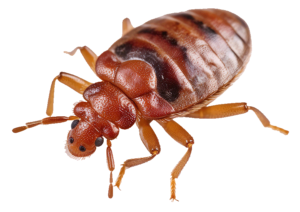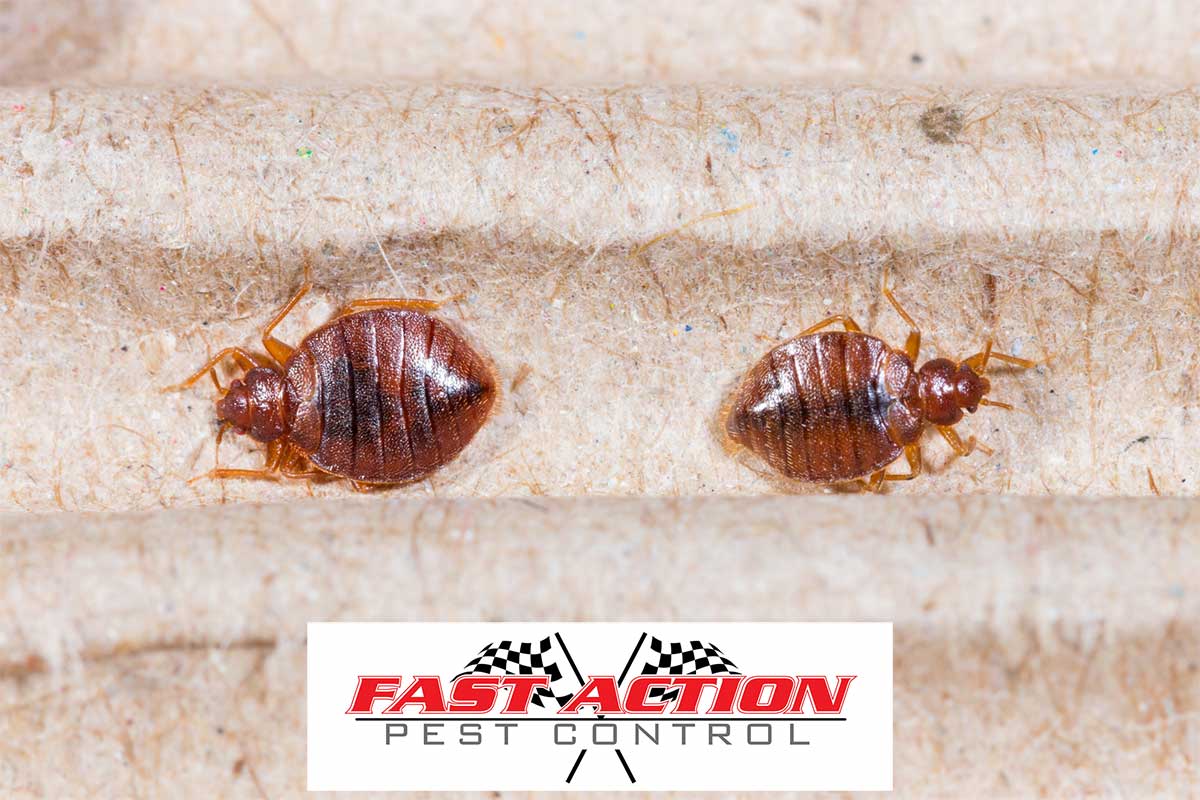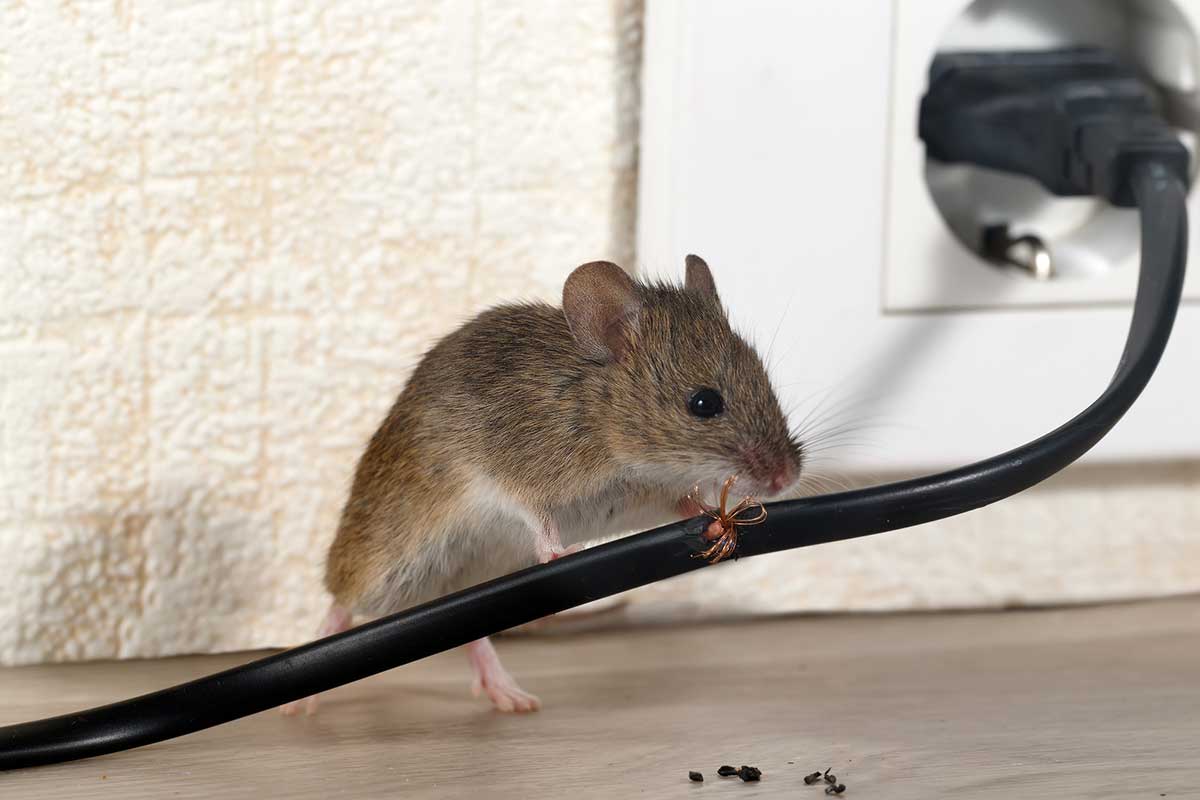Bed Bug Control

Bed Bug Facts
Bed bugs are on the rise in the United States and they can be very challenging to deal with. Despite their name bed bugs are not restricted to living only on beds and often enter a home by stowing away in luggage carried through an infested area during travel or hidden away in used furniture or other foreign objects. These nocturnal pests come out at night to feed on human blood, leaving irritating bites on their sensitive victims that can swell and itch for days.

Bed Bug Check
Bed Bugs hide in the seams, tufts, and folds of basically any area they can squeeze into. They prefer to tuck themselves into the creases of a mattress for easy access to their human prey, but are capable of hiding in books, luggage, clothing, floorboards, or any other space with tiny cracks and crevices. Because they are unable to jump or fly bed bugs need a direct path to crawl to their host up a bed frame or along the wall to feed at night. If you suspect that you may have a bed bug infestation have an expert Fast Action technician come out for a free inspection to identify your pests and recommend the best solution for your bed bug problem.
Bed Bug Prevention
Bed bugs can be challenging to prevent especially while traveling, but there are precautions to consider:
- Inspect bedding and furniture for signs of bed bugs while traveling
- If bed bugs are detected notify hotel staff and move to a new room that is not immediately adjacent (including above or below) the infested room.
- Closely examine any second hand items for signs of bed bugs before bringing them into your home.









